Other volumes in this series
Air War Market Garden: So Near And Yet So Far
| Volume 1 | The Build-Up To The Beginning |
| Volume 3 | The Shrinking Perimeter |
| Volume 4 | A Bridge Too Far? |
So Near Yet So Far
Martin Bowman
First Published in Great Britain in 2013 by
Pen & Sword Aviation
an imprint of
Pen & Sword Books Ltd
47 Church Street, Barnsley, South Yorkshire S70 2AS
Copyright Martin W Bowman, 2012
9781783468881
The right of Martin W Bowman to be identified as author of this work
has been asserted by him in accordance with the Copyright,
Designs and Patents Act 1988.
A CIP catalogue record for this book is
available from the British Library.
All rights reserved. No part of this book may be reproduced or transmitted in
any form or by any means, electronic or mechanical including photocopying,
recording or by any information storage and retrieval system, without
permission from the Publisher in writing.
Typeset in 10/12pt Palatino
by GMS Enterprises
Printed and bound in England by
CPI Group (UK) Ltd, Croydon, CR0 4YY
Pen & Sword Books Ltd incorporates the Imprints of Pen & Sword
Aviation, Pen & Sword Family History, Pen & Sword Maritime, Pen & Sword
Military, Pen & Sword Discovery, Wharncliffe Local History, Wharncliffe
True Crime, Wharncliffe Transport, Pen & Sword Select, Pen & Sword
Military Classics, Leo Cooper, The Praetorian Press, Remember When,
Seaforth Publishing and Frontline Publishing.
For a complete list of Pen & Sword titles please contact
PEN & SWORD BOOKS LIMITED
47 Church Street, Barnsley, South Yorkshire, S70 2AS, England
E-mail: enquiries@pen-and-sword.co.uk
Website: www.pen-and-sword.co.uk
Acknowledgements
I am enormously grateful to the following people for their time and effort and kind loan of photos etc, not least to my fellow author, friend and colleague, Graham Simons, for getting the book to press-ready standard and for his detailed work on maps and photographs: My thanks and sincere appreciation to Nigel McTeer, whose uncle, a man by the name of Maloney, fought at Arnhem and killed two Germans, one with a pair of scissors and one by putting sand in his mouth. Thanks are due in no small measure to The Pegasus Archive website and the Maroon Berets online news magazine for the wonderful collections of first-hand accounts faithfully compiled by the Association, its members and siblings of members. And to Deryk Wills, author of Put On Your Boots and Parachutes! My other favourite books on Arnhem and Market-Garden include The Longest Day by Cornelius Ryan, A Tour of the Arnhem Battlefields by Major John Waddy, Arnhem Lift by Louis Hagen MM and of course Arnhem 1944: The Airborne Battle by Martin Middlebrook. My sincere thanks as always to Libby, Jenny and Lesley at the 2nd Air Division Memorial Library in Norwich. And also to Jim Borrett.
Chapter 1
Screaming Eagles and the All American
During the morning of September 17th the front line had been quiet, but in the late hours of the morning, the enemy air activity suddenly increased considerably, particularly that of fighter bombers. From my command post at Vught I was able to observe numerous enemy planes and to hear the sounds of bombardments and the firing of aircraft, machine-guns and flak quite nearby... At about noon I was disturbed at my desk by a roaring in the air which increased in intensity so that finally I left my desk and went on to the balcony. Wherever I looked I could see aircraft, troop-transports and large aircraft towing gliders. They flew both in formation and singly. It was an immense stream which passed quite low over the house. I was greatly impressed by the spectacle and I must confess that during these minutes the danger of the situation never occurred to me. I merely recalled with some regret my own earlier airborne operations and when my Chief of Staff joined me on the balcony I could only remark, Oh, how I wish that I had ever had such a powerful force at my disposal.
Generalfeldmarschal Kurt Student. were all so overtaxed and under such severe strain in the face of our difficult and many-sided mission that we thought only in terms of ground operations.
As Bill Tucker looked down at the coast of Holland the first thing he saw was two twin guns firing up towards them. There were thousands of planes in the sky, including lots of fighter-bombers for protection. Skimming the ground, they led the way to the drop zones, attempting to clear everything ahead of the formations. Even though the intense bombing preceding the airborne assault had knocked out many 88 and 20 mm anti-aircraft batteries, camouflaged nettings suddenly swung back to reveal hidden enemy positions, some hidden in haystacks open to disclose nests of guns. It was not possible to silence all enemy opposition. Tucker saw an RAF Typhoon swoop down. It was good to see the flame of his rockets exploding on or near the gun positions. Strangely enough there was ack-ack, but no German fighters. Tucker kept yelling to the men that if they got hit, he would go through the door like at shot, so they had better get ready. Most were sitting on the edge of their seats with the static line in their hands. The new men were sitting down the ramp in the plane sweating out their first combat jump. Several new paratroop innovations - leg packs for machine guns, quick-release harness on some chutes and combat instead of jump boots-made him and many other men nervous. In particular, the troopers were concerned that their shroud lines might catch on the buckles of their new combat boots.
Their first sight of Holland below showed that the land was flooded. In some places the water seemed to be up to the middle of the first floor windows of each house. First Lieutenant James Coyle had prayed that there would be no flooded areas near the 550th PIR drop zone because some of the men in Normandy had landed in areas which the Germans had flooded and they drowned before they could get out of their chutes. For a long time since they crossed the coast all he could see was that the areas below were flooded, miles of fields covered with water with the cattle crowding on any high ground that was available to them. But as they flew nearer to Groesbeek he was relieved to see that there was no sign of water. We were flying at only 1,000 feet and shortly before we came to our DZ we flew over an isolated Convent in the countryside. The nuns had all come out in the courtyard and were waving to us as we flew by. As I waved back, I wondered what they would think if they knew that we would be jumping not too many miles away and the war was about to catch up with them. They made such a peaceful picture as they waved their aprons until I could no longer see them.

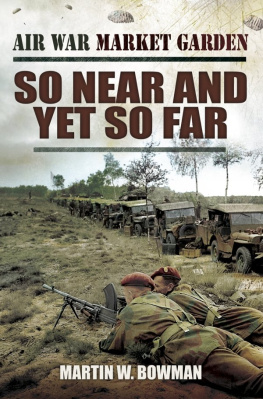
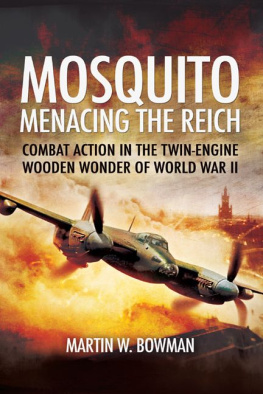
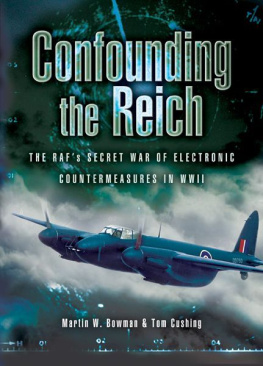
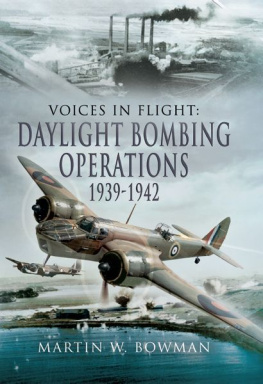
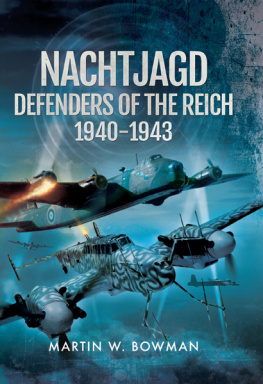

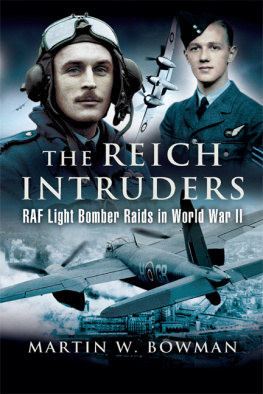

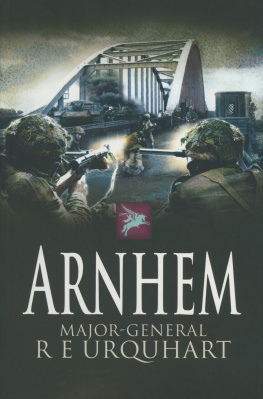
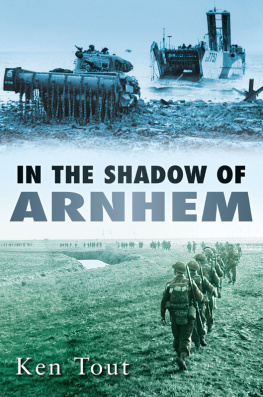



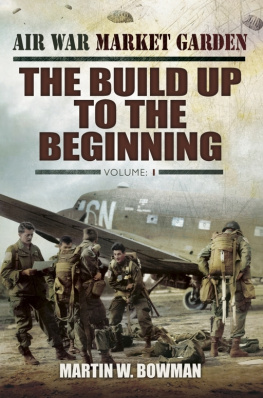
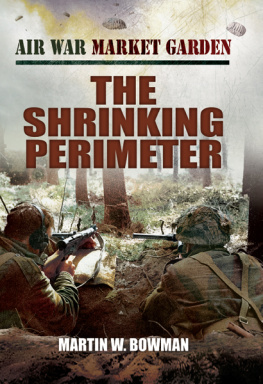

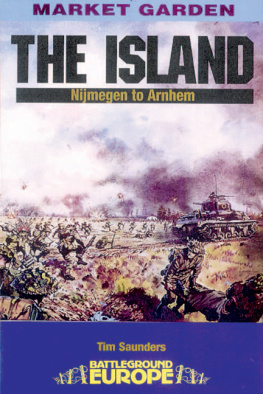
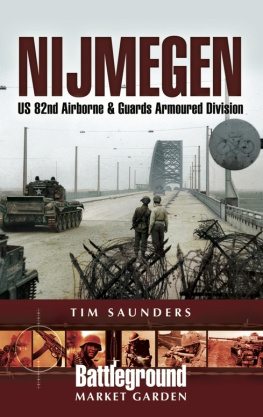

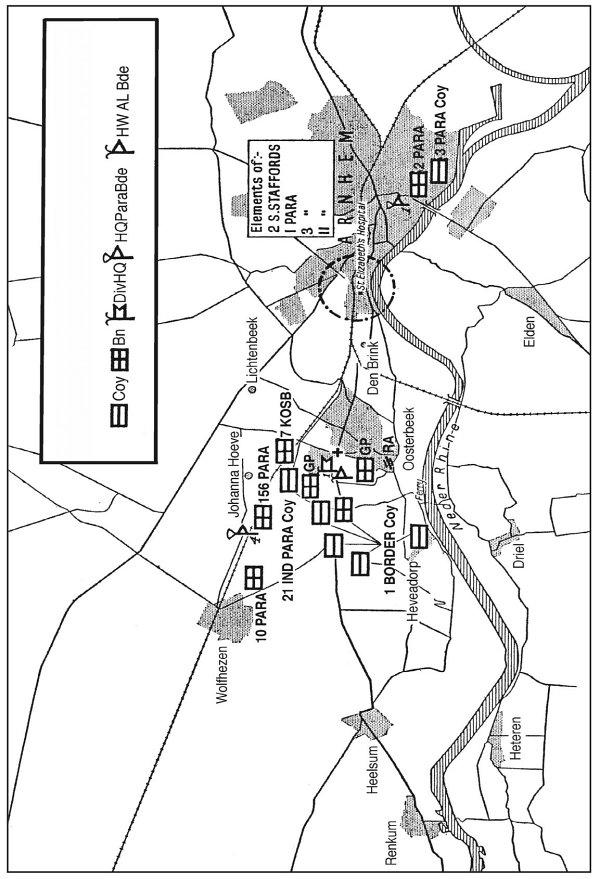
 Coy
Coy  Bn
Bn  DivHQ
DivHQ  HQParaBde
HQParaBde  HW AL Dde
HW AL Dde